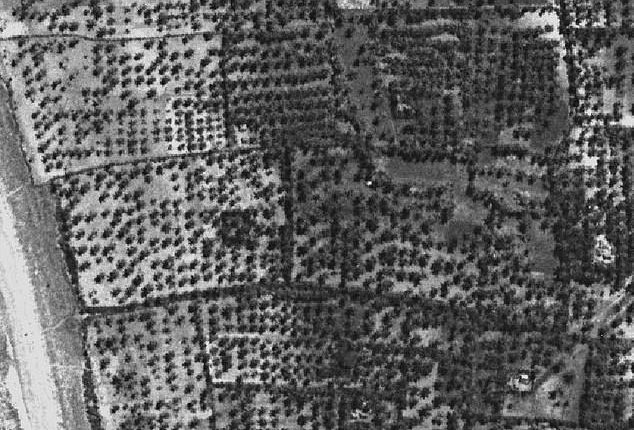New photos have exposed how much of Bali’s natural beauty has been destroyed, torn up and concreted over to create sprawling hotels and resorts to accommodate massive tourist numbers.
Images taken by a once-secret US satellite in 1965 were declassified this month and have been published on the interactive Nusantara Atlas.
They show how the island’s southern hotspots including Seminyak and Canggu once had miles of pristine beaches, leafy coastal land, rice fields and coconut groves without a single building.
The island’s international airport opened a few years later, in 1968, allowing for a surge in tourism that has completely reshaped the coast.
Bali’s population has also more than doubled, from 2million in the 1960s to 4.4million in 2023.
The rapid development has left beaches covered in rubbish, while the smell of sewage and the noise of construction pervades the most popular areas.
It has damaged the island’s reputation, but the tourists keep coming. In 2024 Bali had a total of 6.3million visitors by land and sea, and not all of them were well-behaved.
Along with infrastructure woes, Balinese authorities also struggle with tourists who flout road rules, work illegally or disrespect locals.

The old photos reveal that in 1965, the island’s southern hotspots had miles of beach frontage almost devoid of human habitation

The island’s international airport opened a few years later in 1968, leading to the controversial surge in tourism that has completely reshaped the coast

The rapid development and over-tourism has left once pristine beaches covered in rubbish (pictured Kuta Beach, southwest Bali)
In 2023 there were calls for a ban on Russian and Ukrainian citizens, who were accused of misbehaving and overstaying their visas.
Even for Aussies, who outnumber all other foreign tourists with 1.5million crossing the Lombok Strait per year, a visit to Bali now comes with caveats.
Many of those who arrive with fond memories of previous visits, or high expectations on their first trip, leave feeling jaded about their experience.
US-based travel guide Fodor recently put the island on its 2025 list of destinations to avoid due to over-tourism, along with Barcelona, Venice, Koh Samui and Mount Everest.
‘Rapid, unchecked development spurred by over-tourism is encroaching on Bali’s natural habitats, eroding its environmental and cultural heritage, and creating a “plastic apocalypse”,’ the editor said.
One Aussie tourist has a better perspective than just about anybody on how much Bali has changed since the time those idyllic satellite images were captured.
Toni Pollard, 80, first visited Bali in 1967, before the airport was open, and has since returned 80 times.
‘The rice fields, the narrow roads, very few vehicles on the roads, we went everywhere by (minibus) or rode a bike,’ she told SBS Indonesian.
‘There was no plastic. Everything you bought was wrapped in banana leaves or newspaper. Kitchen utensils were made of wood, bamboo or tin.’

Toni Pollard, 80, first visited Bali in 1967, before the island’s international airport was opened
Ms Pollard said her first, intrepid getaway was vastly different from her most recent Bali holiday in 2023.
‘The horrific difference is the volume of traffic and the over-development of the hotels and other infrastructure specifically for tourists, which has taken away the rice fields of Bali which were magic to me.’
She recalled how in the 1970s the ‘hippies and surfers’ started arriving, and the Balinese started putting up posters outside the temples telling foreigners they had to dress appropriately if they wanted to enter.
‘There was a lot of disrespectful people who would come from the beach in their bikini tops and go into towns and into temples.
‘Everything was much more oriented towards Balinese people and Balinese culture back at that time rather than tourists as it seems to be today.’
But Ms Pollard, who plans to visit Bali again in May, said it was still worth trying to seek out the less visited and less spoiled areas of the island.
‘Try and get off the beaten track. Go on back roads which are not jammed with traffic. You need to know a couple of little ways to get up into these rice fields by going up little back alleys and so on,’ she said.








